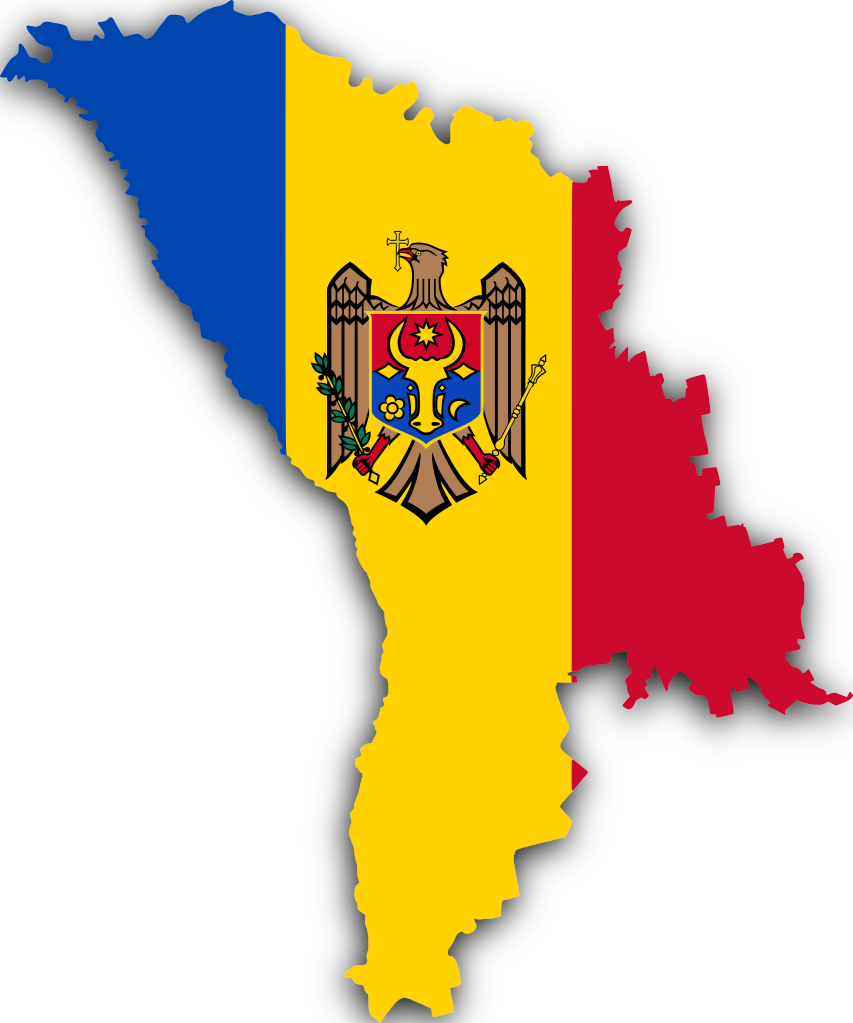Immigrants in Moldova
Moldova, a landlocked country in Eastern Europe, has been both a source and a destination for immigrants. The immigration patterns in Moldova have been influenced by various factors, including political and economic conditions, as well as regional conflicts.
Historically, Moldova experienced significant emigration, particularly after gaining independence from the Soviet Union in 1991. Many Moldovans, primarily seeking better economic opportunities, migrated to other countries, with Russia, Italy, and Spain being popular destinations. This emigration wave had a considerable impact on Moldova's population and labor force.
On the other hand, Moldova has also seen immigration from neighboring countries. Immigrants from Ukraine, Romania, and other nearby nations have come to Moldova in search of work or to escape political instability in their home countries. Additionally, Moldova has become a transit country for migrants from other regions, such as Asia and Africa, who are attempting to reach Western European countries.
The issue of immigration in Moldova has had socio-economic and demographic implications. The outflow of Moldovan citizens has resulted in a brain drain, with skilled professionals leaving the country in search of better opportunities abroad. This has created challenges for Moldova's economy and development.
In recent years, efforts have been made to address these issues and encourage the return of Moldovan emigrants through various programs and initiatives. The government has focused on promoting economic growth, creating job opportunities, and improving living conditions to incentivize Moldovans abroad to return home.

